More current than ever: The iconic chronograph caliber ETA Valjoux 7750
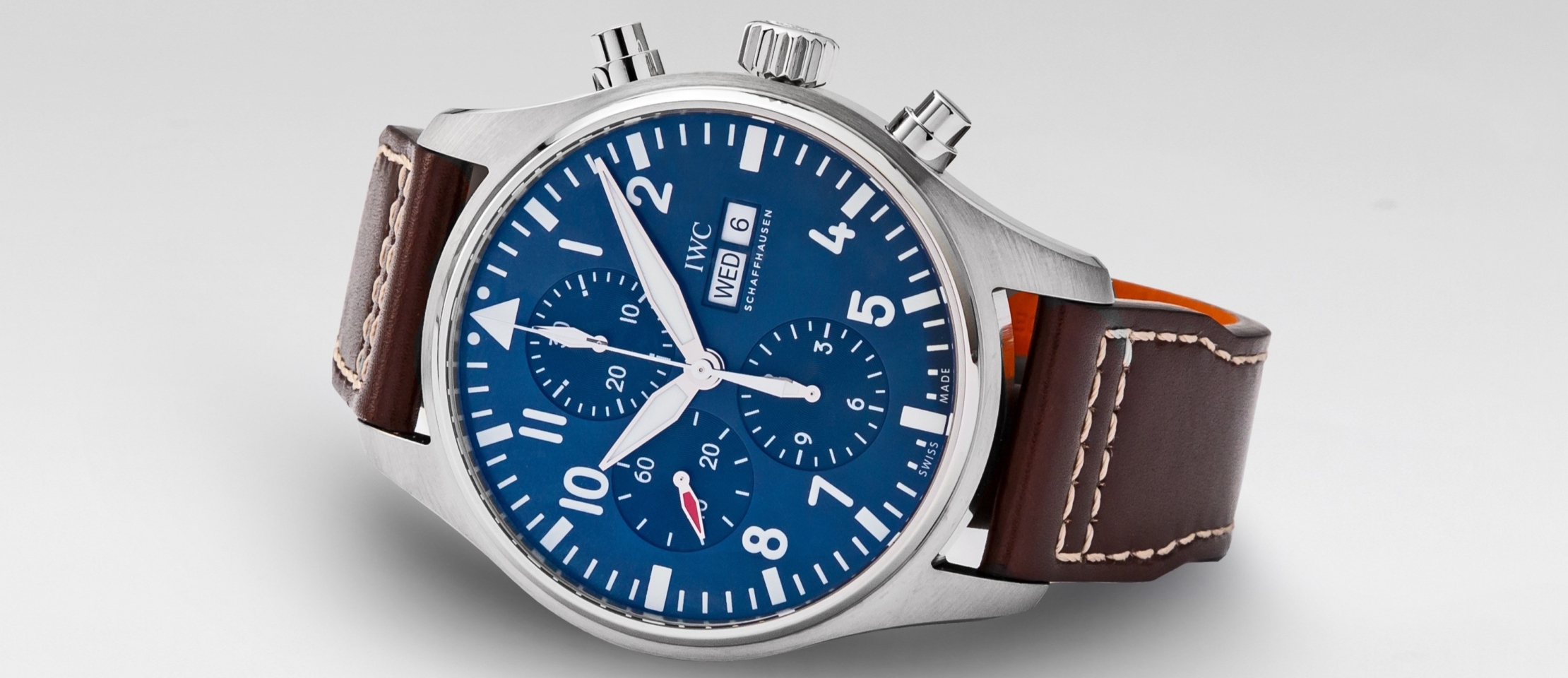
Their existence is undeniable: calibers with icon status. 2121, 321, 5100, 3135.
To the average citizen, they are mere arbitrary series of figures, but to insiders, these numbers describe important horological milestones. The same is true for the caliber “7750”.
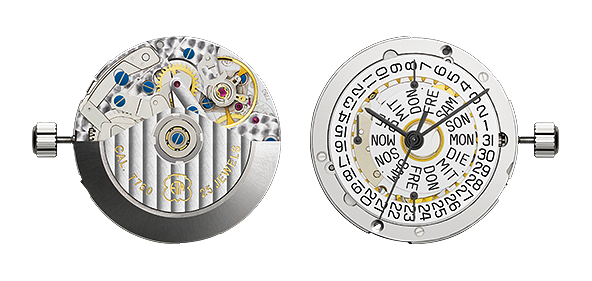
The four-digit code stands for the chronograph caliber with coulisse-lever escapement from Valjoux (named after its origin, the Vallée de Joux). With a power reserve of 42 hours and a frequency of 28,800 vibrations per hour, at first glance, the movement does not knock you off your feet. While visually, it is not a great feast for the eyes, this is one of the most iconic calibers money can buy. So then, what is the reason for its continued success? We investigate.
The spectacular ascent and abrupt fall
It all started with Edmond Capt, a true watch veteran. Capt who led the development of the 7750 calibers also designed more than 30 other watch movements during his lifetime. A watchmaker, who was expertly versed in all aspects of his craft. More importantly, a watchmaker who put his heart and soul into his work.
The start was immensely promising: The Valjoux 7750 was launched in 1973 and turned into an immediate top seller. In particular, major customers such as Orfina, Porsche’s partner in watchmaking until 1978, catapulted sales to 100,000 units per year within just two years after production started. People were encouraged, the success promised to last.
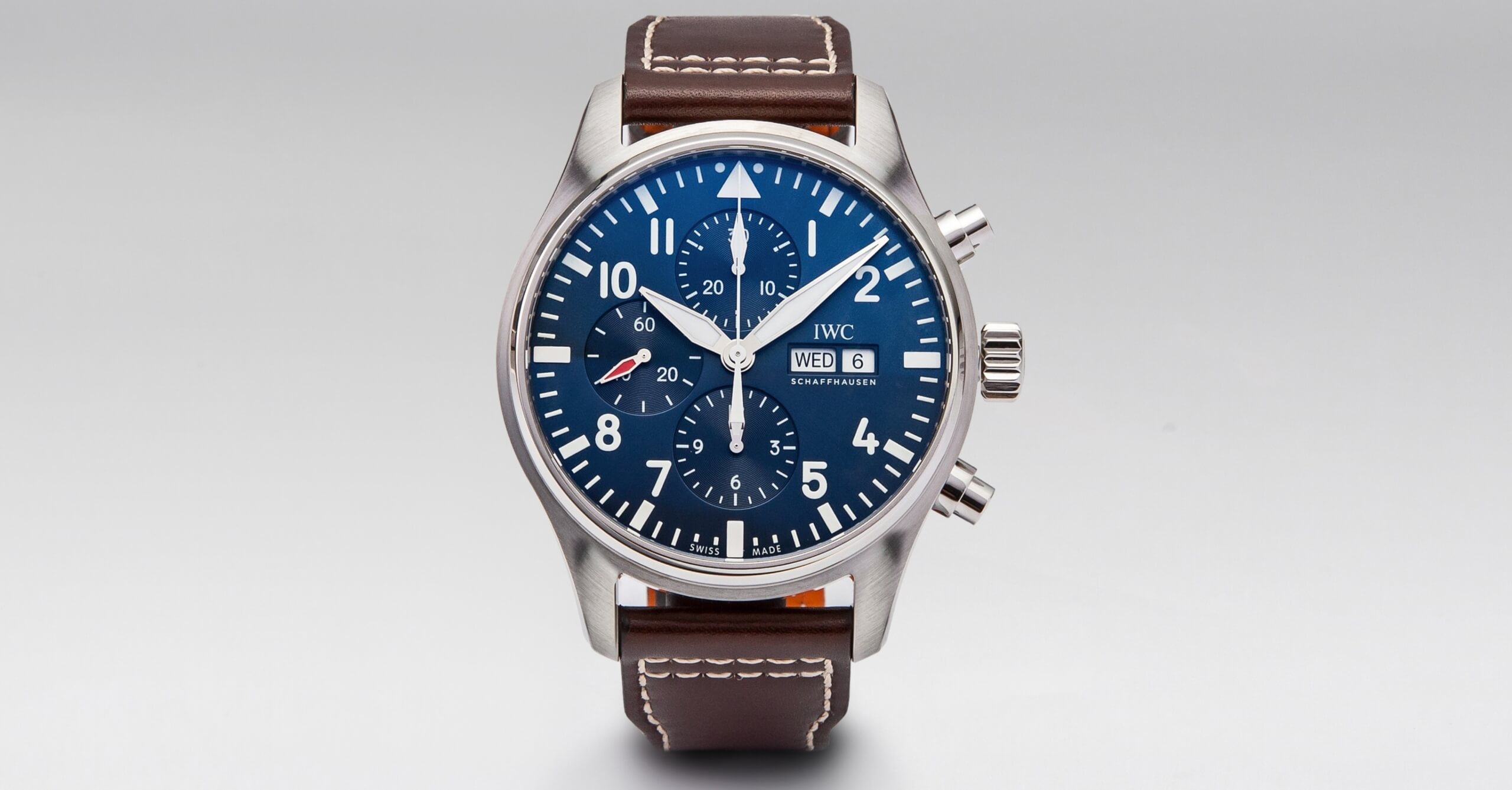
But it didn’t. After little more than two years, production suddenly came to the verge of a full stop. After the rocket-like launch, Capt’s hopes for the future were suddenly slashed by a global upsurge. To the extent that he was ordered to destroy the construction plans and remaining parts and machines for the 7750 caliber. What had happened?
With the developing quartz crisis, the world suddenly demanded battery-powered watches from the Far East. Futuristic. Precise. Affordable. Like a plague epidemic, the quartz crisis brought the global mechanical watch industry to a standstill. Their watches were suddenly too expensive, old-fashioned and chunky, and regarded as obsolete.
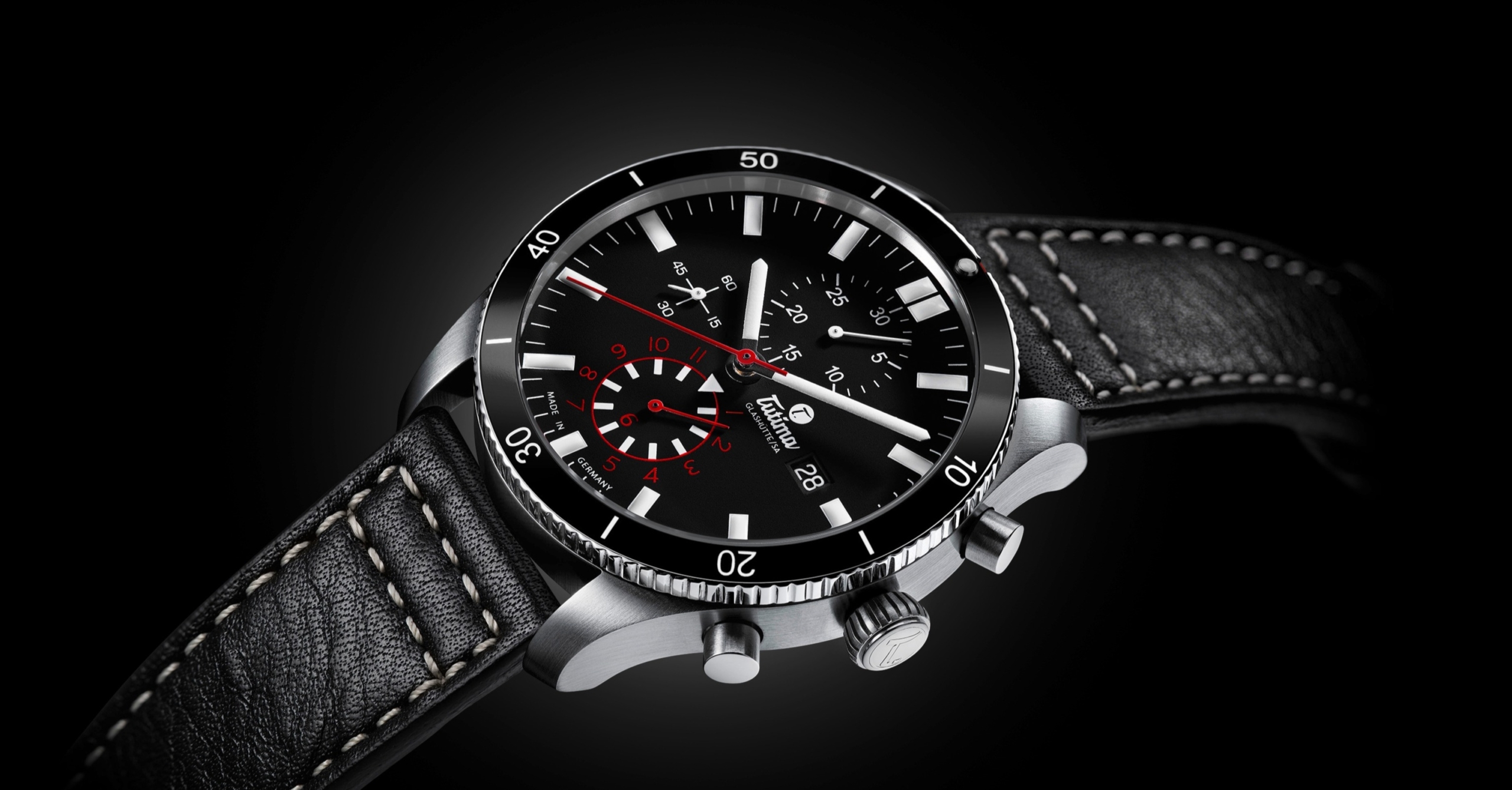
Like a phoenix from the ashes
For (too) many, the battle seemed to be called too soon: quartz watches will replace mechanical watches entirely. Conceding victory meant giving up on your own caliber and let it sink into irrelevance forever. For Capt, that was simply impossible. Secretly, resisting his superiors’ instructions, he saved and carefully preserved the construction plans and equipment for posterity.
In the mid-1980s, another global change of mind brought mechanical watches back into the public interest and into the limelight. But, as most of the plans and machines had been destroyed in utter resignation a few years earlier, expertise and equipment were hard to come by. The Swatch Group, founded in 1983 and instrumental in the renaissance of the mechanical watch, remembered earlier times and particularly the promising beginnings of the 7750 caliber.
Consequently, just two years later, in 1985, ETA a daughter of the Swatch Group, resumed production of the mechanical chronograph module. The feat was only possible because of Capt’s unfaltering faith in a future for his mechanical creations and his perseverance through the crisis. The time span between the demise and the resurrection of the caliber 7750 was barely a decade.
Many names – one and the same movement
Many well-known watch brands have since sworn allegiance to the icon. A look at its properties reveals why the caliber was so popular after surviving the quartz crisis.
A big advantage over column-wheel chronographs, the coulisse-lever escapement allowed faster and cheaper production in large quantities. Other coulisse-lever calibers such as the Lemania 5100, raced the Valjoux 7750 head-to-head. Our protagonist finished victorious as the lower production cost resulted in more favorable pricing and restored trust in the value of mechanical watches for the still price-sensitive customers.
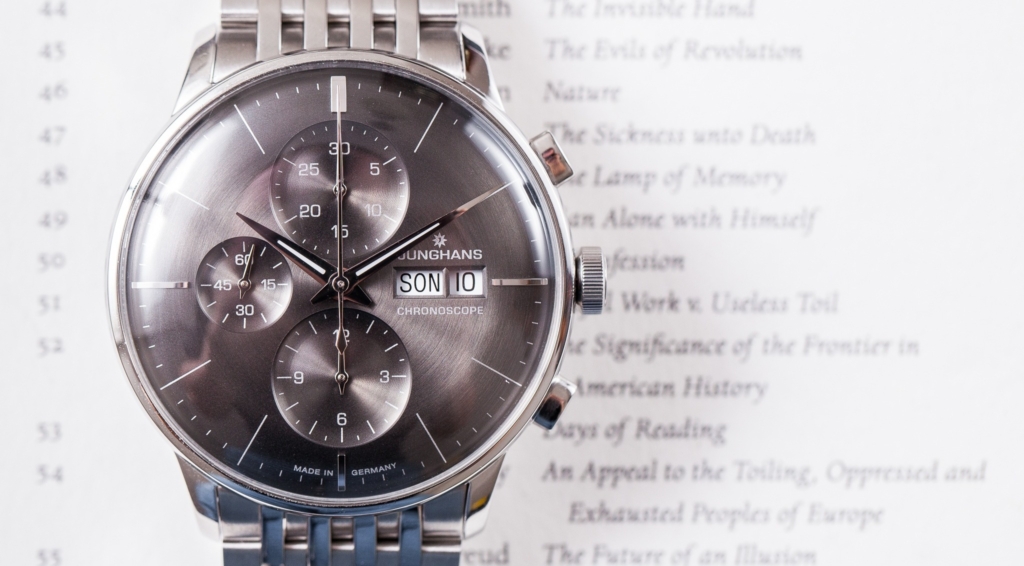
Additionally, the base movement provides an ideal platform for further modifications. Whether finissage, replacement of individual components or the addition of entire modules, the Valjoux-Evergreen turned into an inspirational canvas for creative watch brands.
Some movement manufacturers, among them Alfred Rochat & Fils for Chrono Swiss and La Joux-Perret (for a handful of brands) went as far as altering the original conception of the caliber as a coulisse-lever movement by adding a column wheel. Numerous watch brands such as Longines, Omega, TAG Heuer, Bremont, Panerai, Montblanc, Sinn, and others swear by the flexibility and reliability of the caliber.
It was only a matter of time for other alternatives to enter the market as the Swatch group artificially curbs availability for its competitors. The SW500, for example, Sellita’s very own replica of the coveted caliber, finds a large following (see picture below). In addition, many movements from the Far East are designed with the construction plans of the Valjoux original in mind.
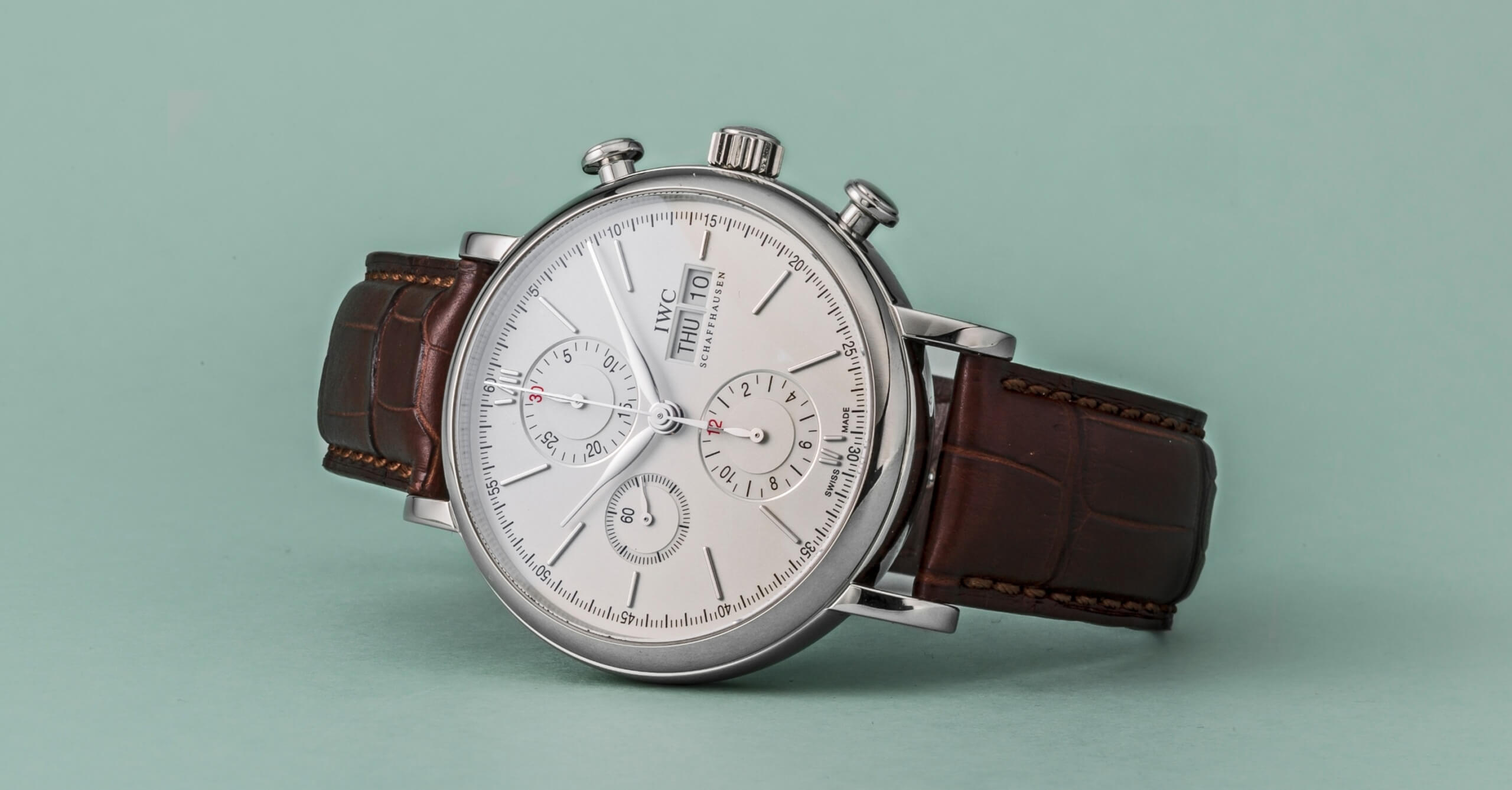
An unmodified 7750 caliber is instantly identifiable in a watch. The day of the week and the date are at 3 o’clock, while the three chronograph counters are placed at 6, 9 and 12 o’clock. In addition to the Tricompax variants with the usual three sub-dials, Bicompax variants with two sub-dials are very common, and of course, there is the moon phase complication.
Conclusion
Although the Valjoux 7750 is approaching its 50th birthday in great strides, it is not even remotely over the hill. On the contrary, watch manufacturers of all stripes have been relying on the workhorse for generations. Whether it’s a € 1,000 entry-level watch or a €10,000 luxury chronograph, the ETA Valjoux 7750 enjoys unimpeded popularity.
Although it is and always will be a mass-produced and purely practical item, it must be acknowledged as the most successful mechanical chronograph caliber in the world today. Moreover, enabling the renaissance of the mechanical chronograph in the early days after the quartz crisis is a gigantic legacy.



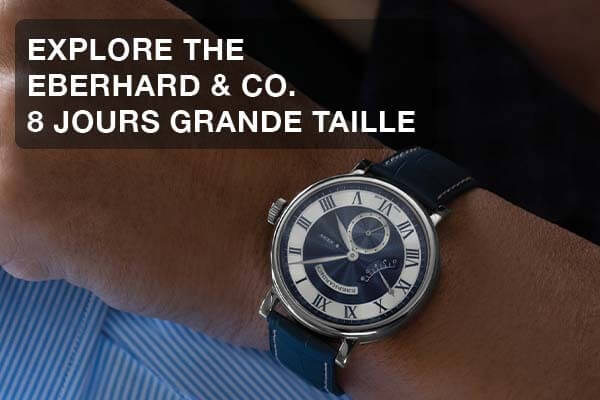
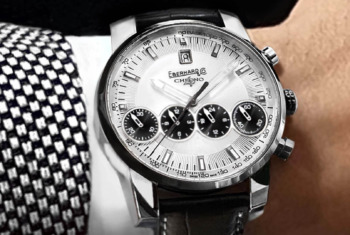
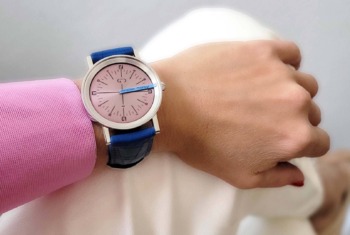

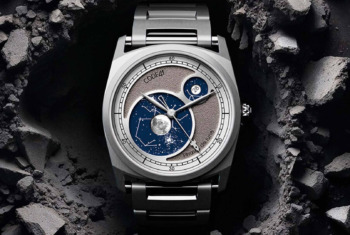
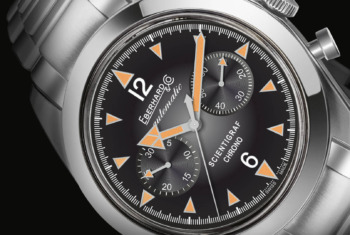
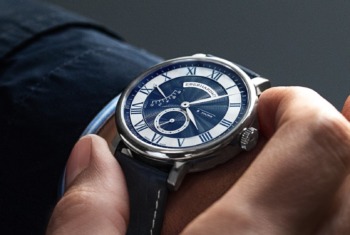
I have two revue thommen watches both with this movement. In a word OUTSTANDING